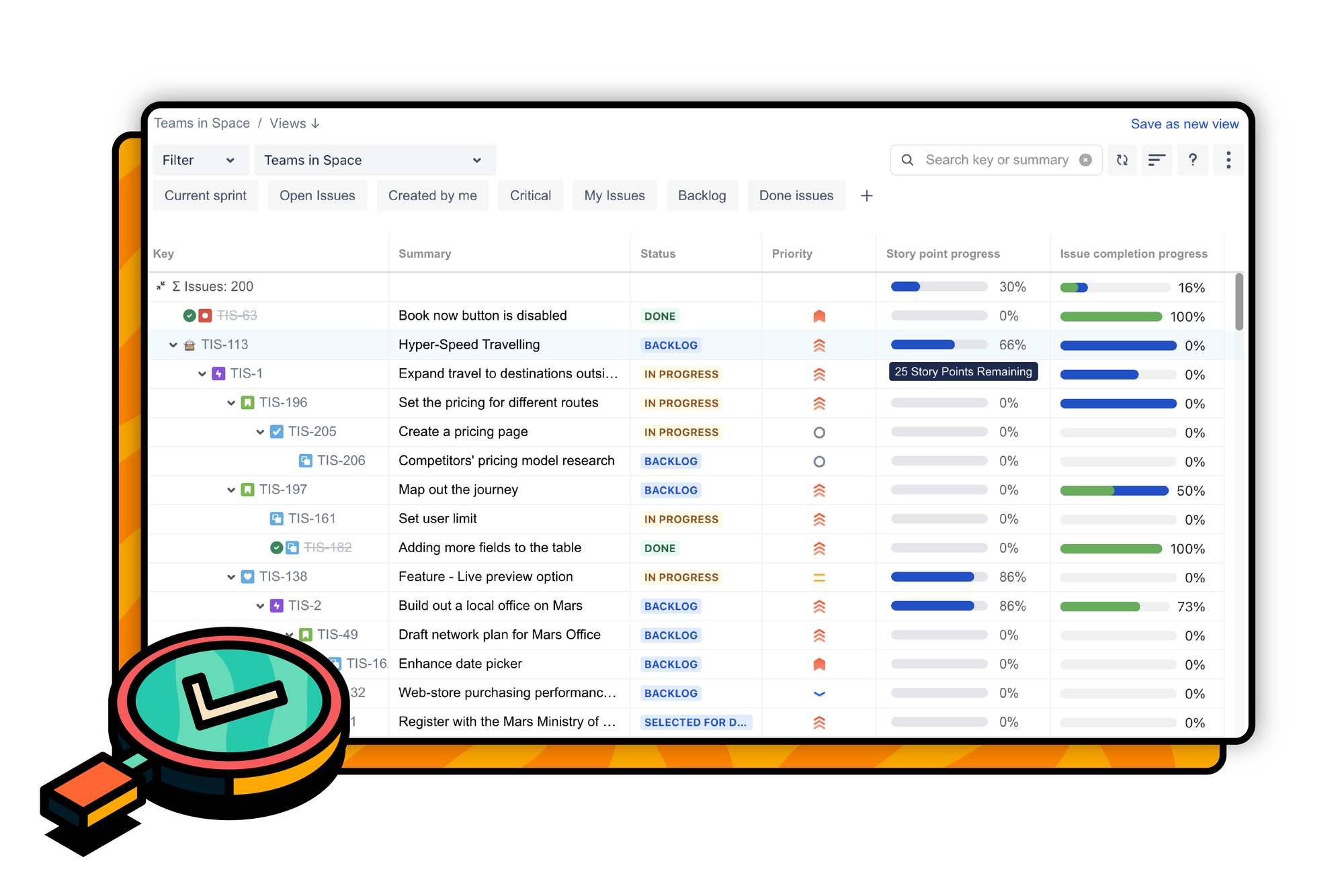Jira is a powerful platform. The default issue hierarchy works for many teams, but there are limitations.
'The [default] hierarchy in Jira is based on three levels', Robert explains. 'Those three levels are your sub-issue type, your standard issue type, and your epic.'
For many teams, this structure works perfectly. But for those implementing SAFe hierarchies? That's where things get complicated.
'For those in the know, scaled agile has a different hierarchy', Robert points out.
'You have your portfolio level and your solution level, and then below that, you'll have epic, capability, feature, and then below that, you have a story... and that does not match up [with Jira's out-of-the-box hierarchy].'
The mismatch between an ideal SAFe hierarchy and Jira's default issue hierarchy means teams struggle to implement true SAFe processes. Some teams resort to workarounds, which can have short-term benefits, but in the long run, create more problems than they solve.
'One of the things I've actually seen, which is a huge no-no, is to go into epic and rename epic', Robert warns. 'Every other week [Atlassian is] coming up with improvements and changes. If you go change some of the default areas of Jira, that could conflict with future changes and cause problems.'
Other teams split their work between multiple tools, creating a disjointed experience.
'Some of the other workarounds I've seen is to focus the higher project levels in Jira Align and the lower levels in Jira. So, you have your developers working in Jira, and your higher-level portfolio engineers and project managers working in Jira Align. But, that also can bring problems—it's better to have everybody working in the same tool.'
Robert wanted a better, more intuitive way to implement SAFe solutions for Forty8Fifty Labs' clients.

